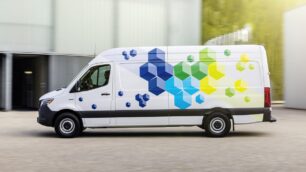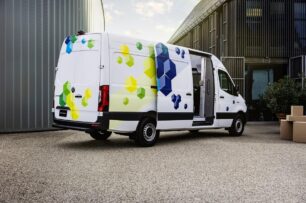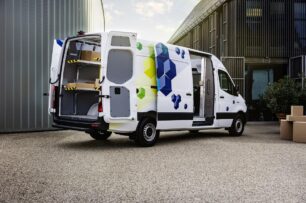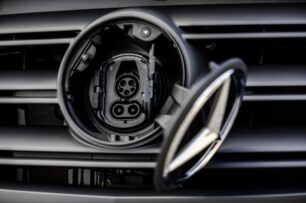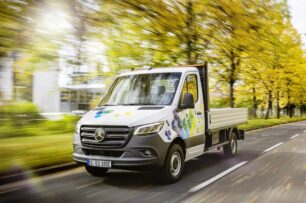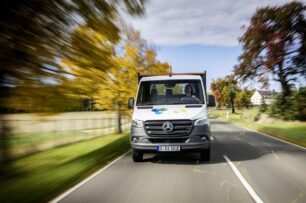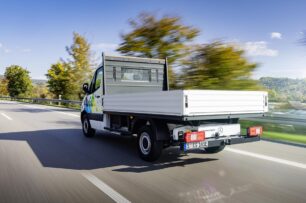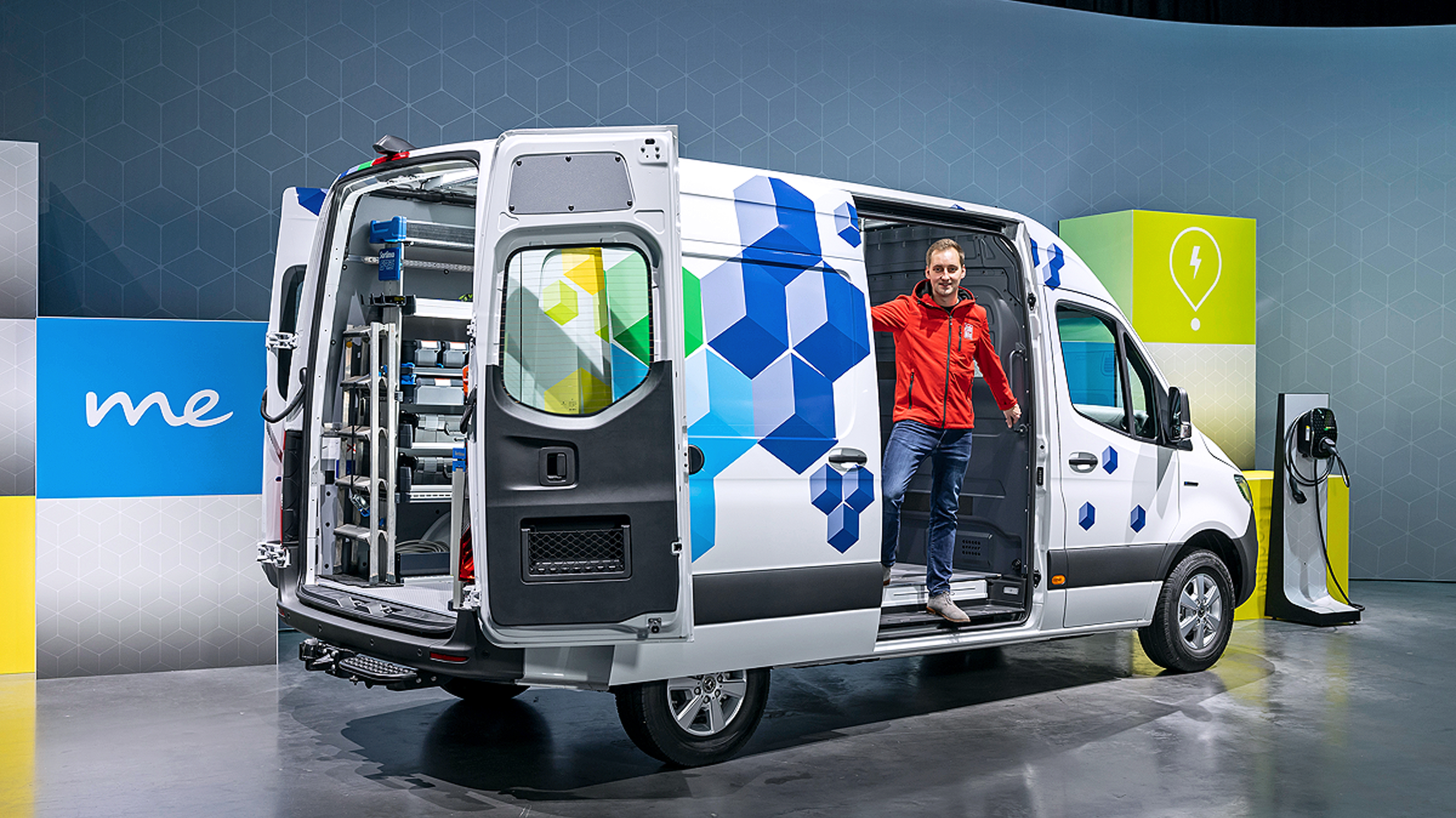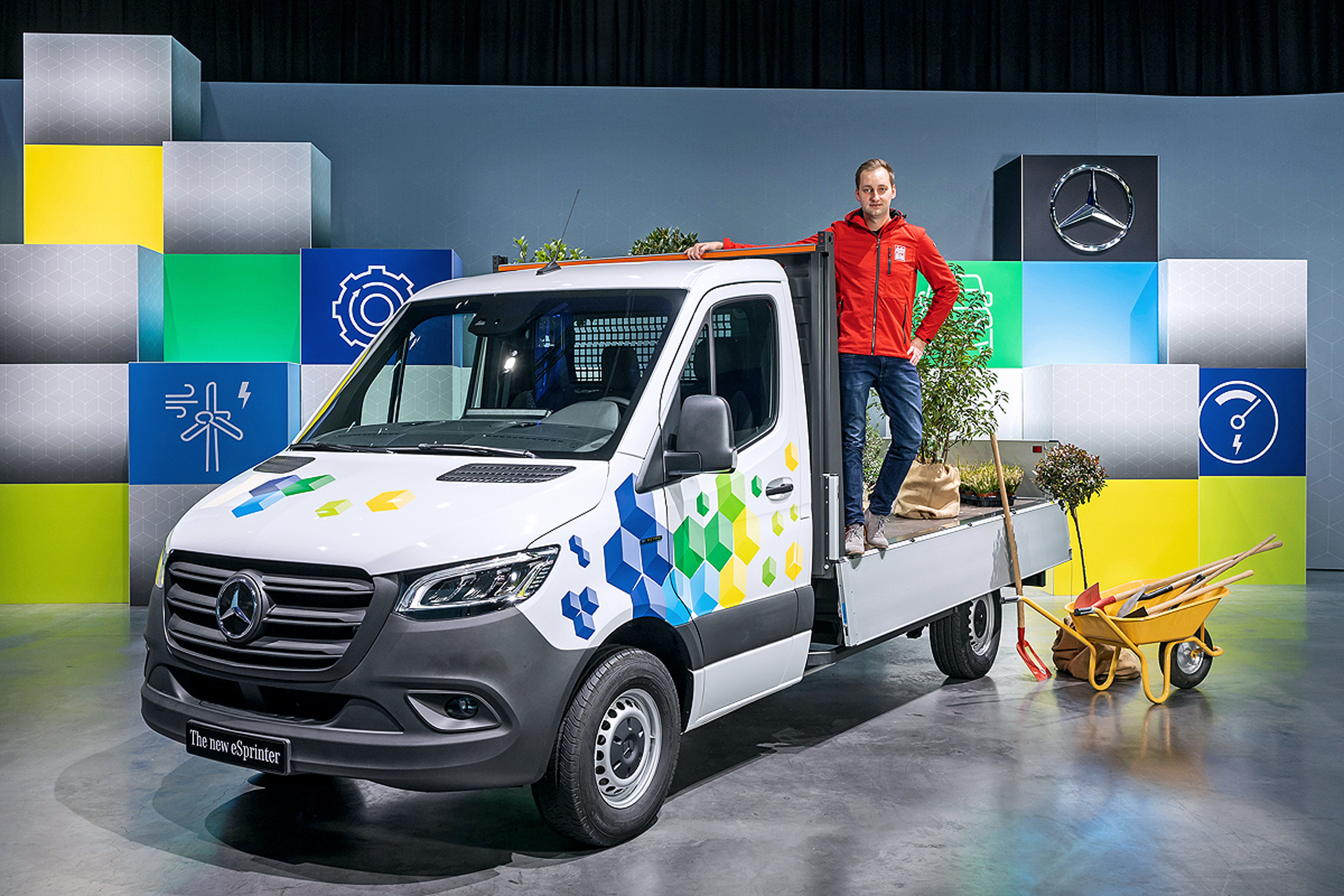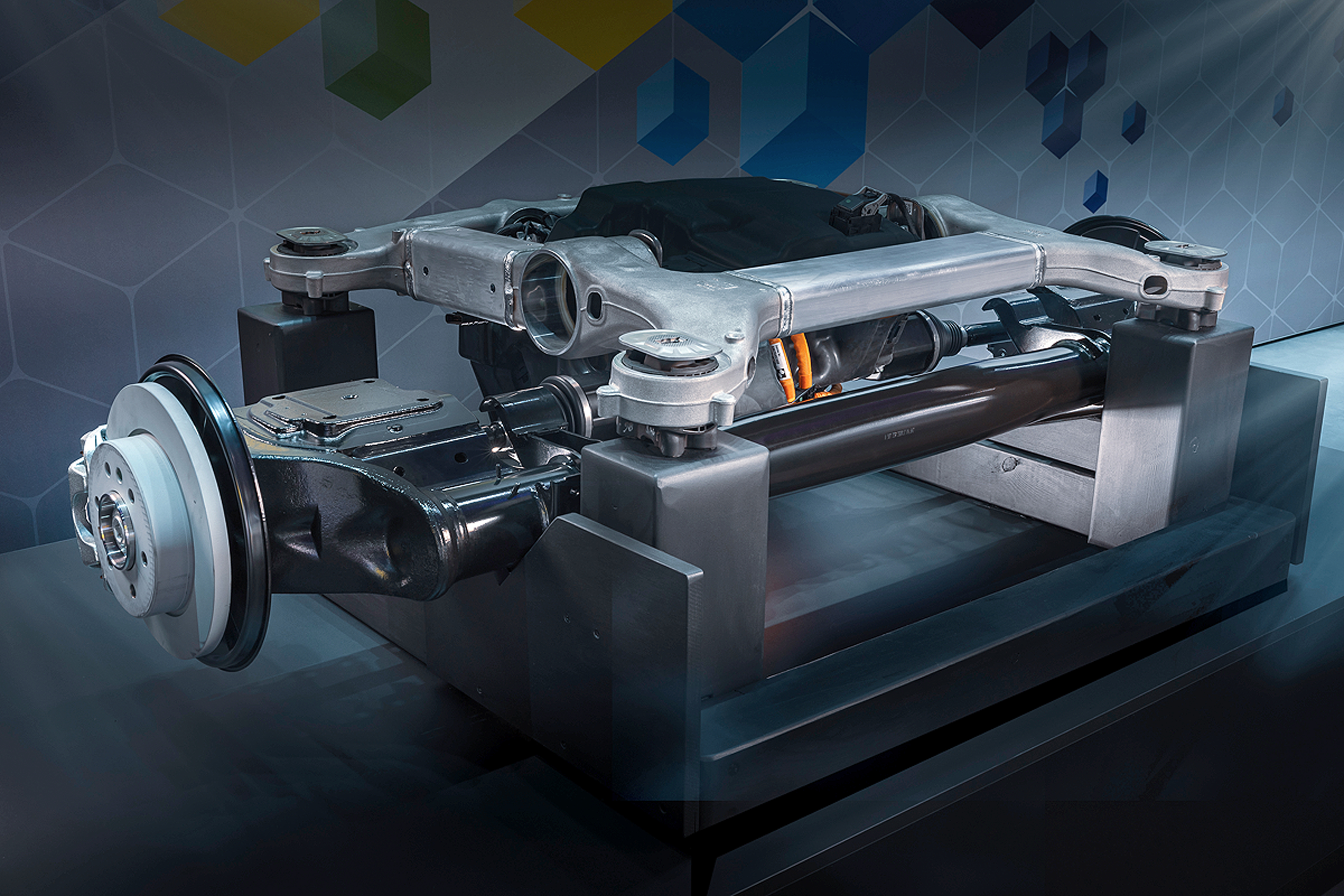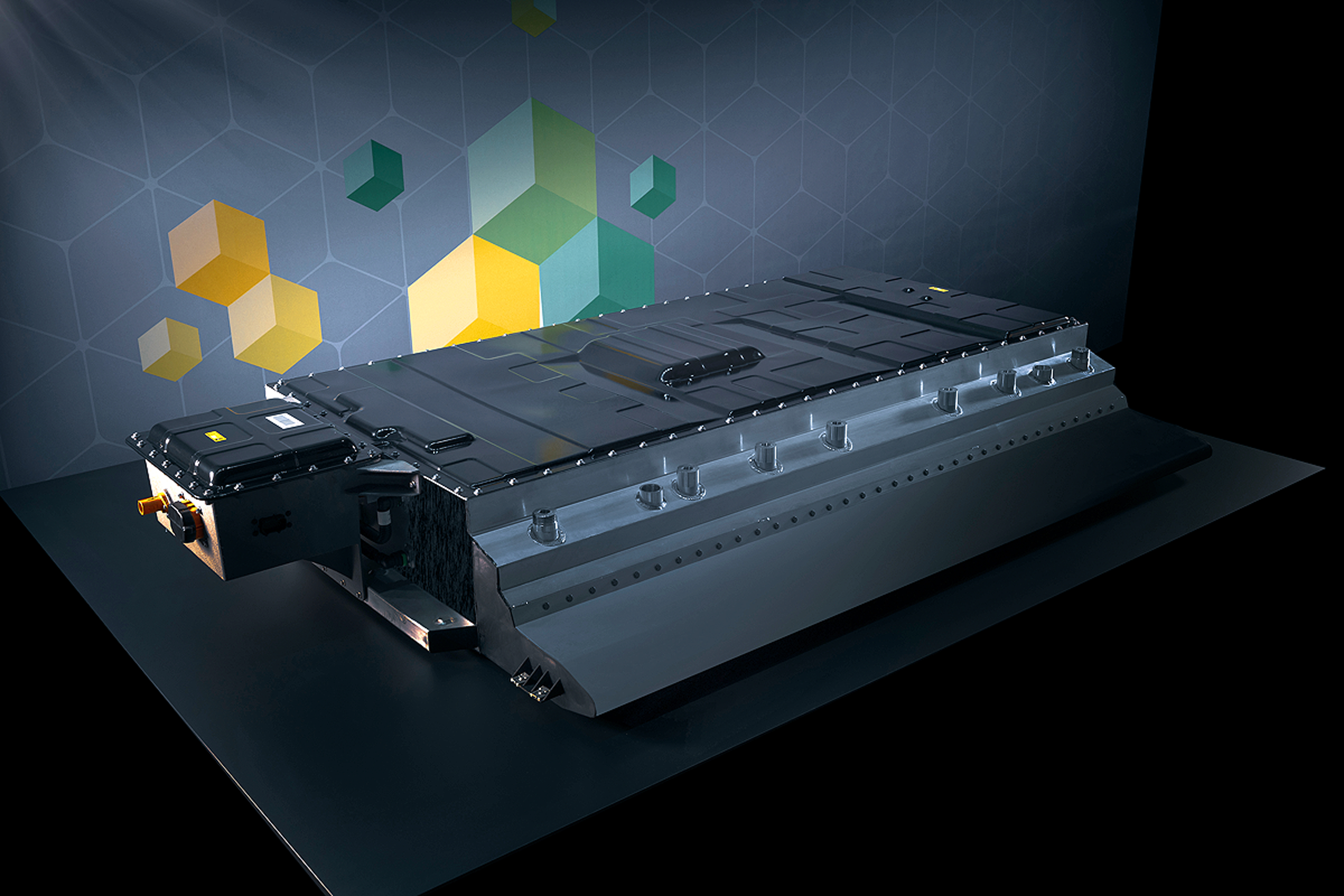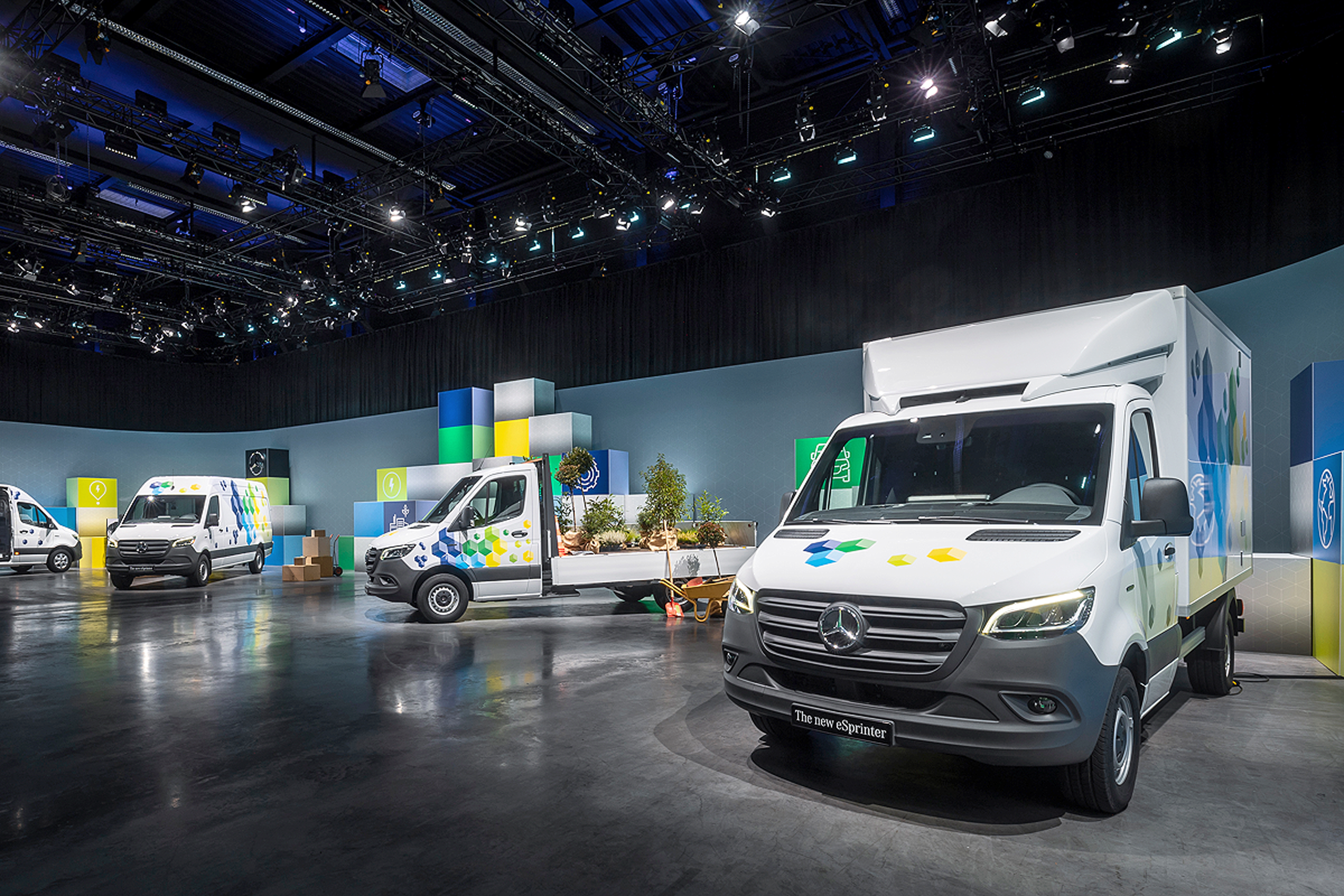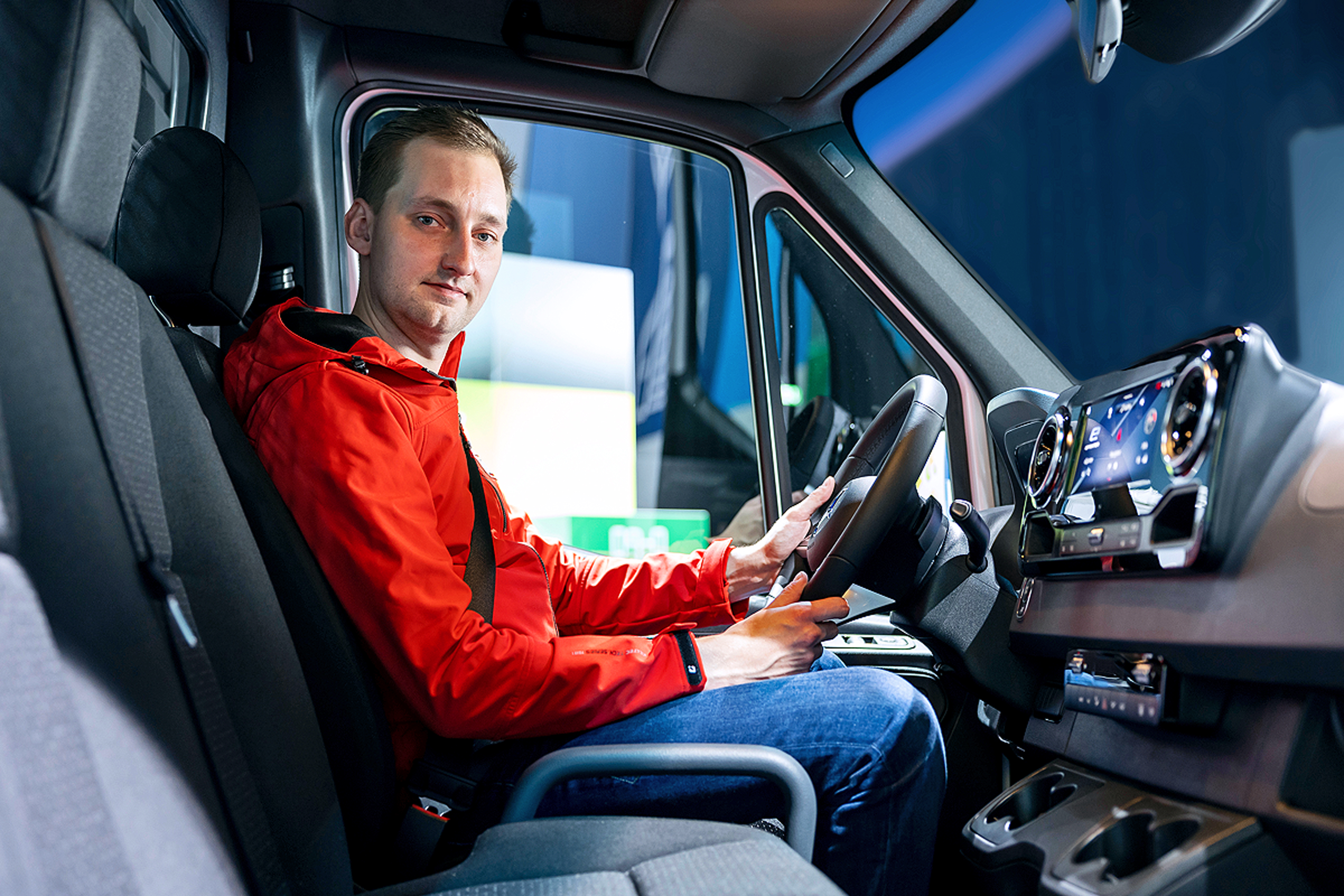INICIO › FOROS › NOVEDADES › Vehículos presentados › Mercedes-Benz Sprinter (2021)
Etiquetado: 2022 mercedes sprinter, 2022 Mercedes-Benz Sprinter, Mercedes-Benz, Mercedes-Benz Sprinter (2021), Mercedes-Benz Sprinter (2022), nueva mercedes sprinter, nueva Mercedes-Benz Sprinter
- Este debate tiene 10 respuestas, 3 mensajes y ha sido actualizado por última vez el hace 1 año, 5 meses por
 A.P.M..
A.P.M..
-
Presentado oficialmente

Mercedes esta probando por el sur de España los nuevos motores diésel que montará la nueva Sprinter de 2022.
Fotos de Motor.es:



Presentado
2.0 diesel con diferentes potencias: 114, 150, 170 y 190 CV
Tracción trasera o total, cambio manual (en las menos potentes) y automatica de 9 velocidades








https://www.motor.es/noticias/mercedes-sprinter-2022-diesel-202180863.html
Hace un par de años se presentó esta autocaravana de pila de combustible eléctrica ¿Será la primera en serlo?



Más info aqui:
No se si está bien aqui: teaser de la nueva eSprinter. Saldrá en 2023


2024 Mercedes eSprinter Teased, Will Offer More Than Twice The Range Of The Current eSprinter
El vinilo parece más de una versión de hidrógeno que eléctrica jajajajaja
Creo que es una unidad de pruebas de la eSprinter, antes de que se presente
En las pruebas han conseguido 475km de autonomia con una sola carga, quedando 20 para agotarse totalmente. Otra cosa será lo homologado…















https://www.motor1.com/news/624238/2023-mercedes-esprinter-295-mile-test/
Prueba de la Sprinter AWD en diferentes variantes
https://www.motorauthority.com/news/1137960_2023-mercedes-benz-sprinter-awd-test-drive-review
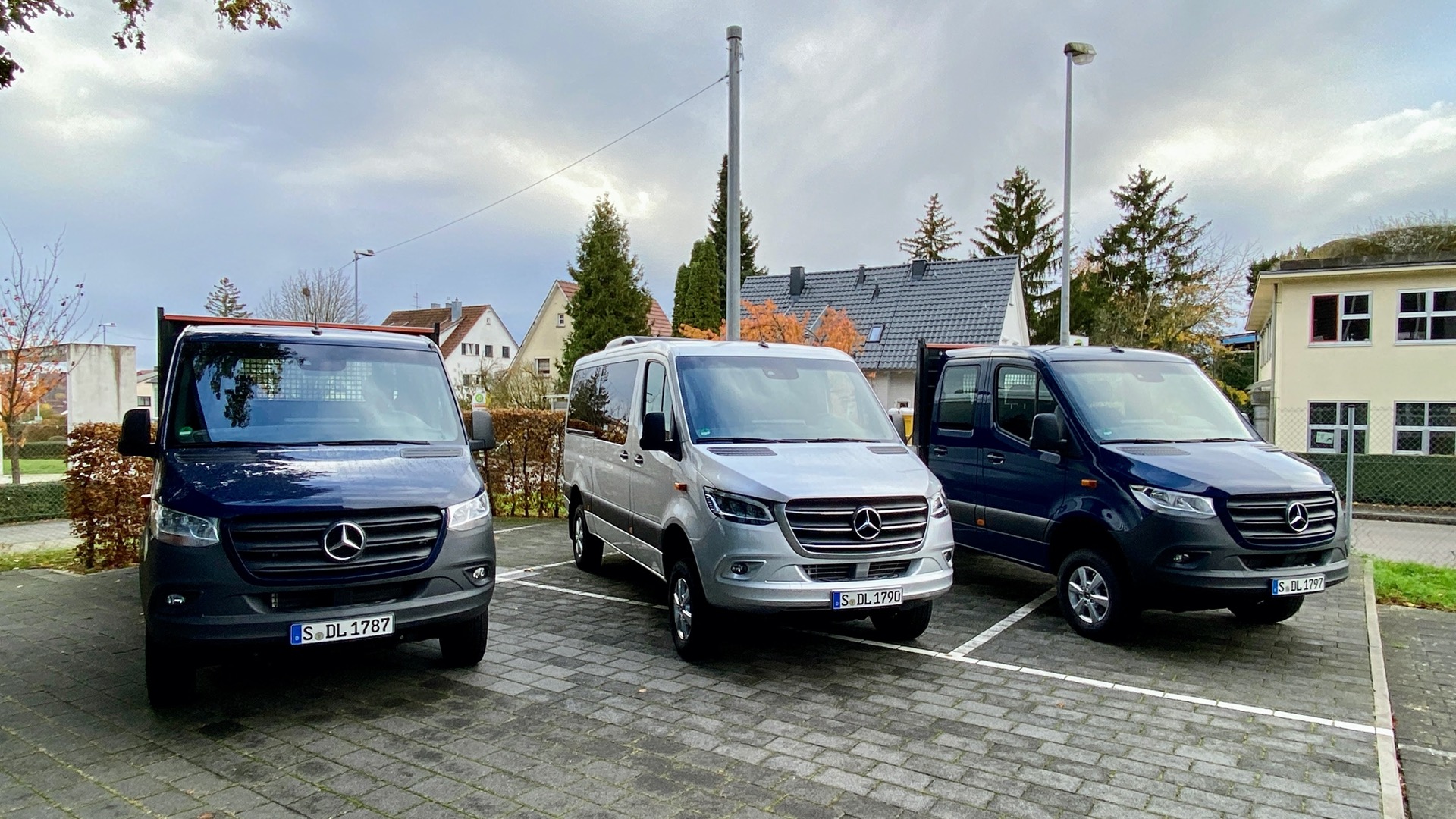
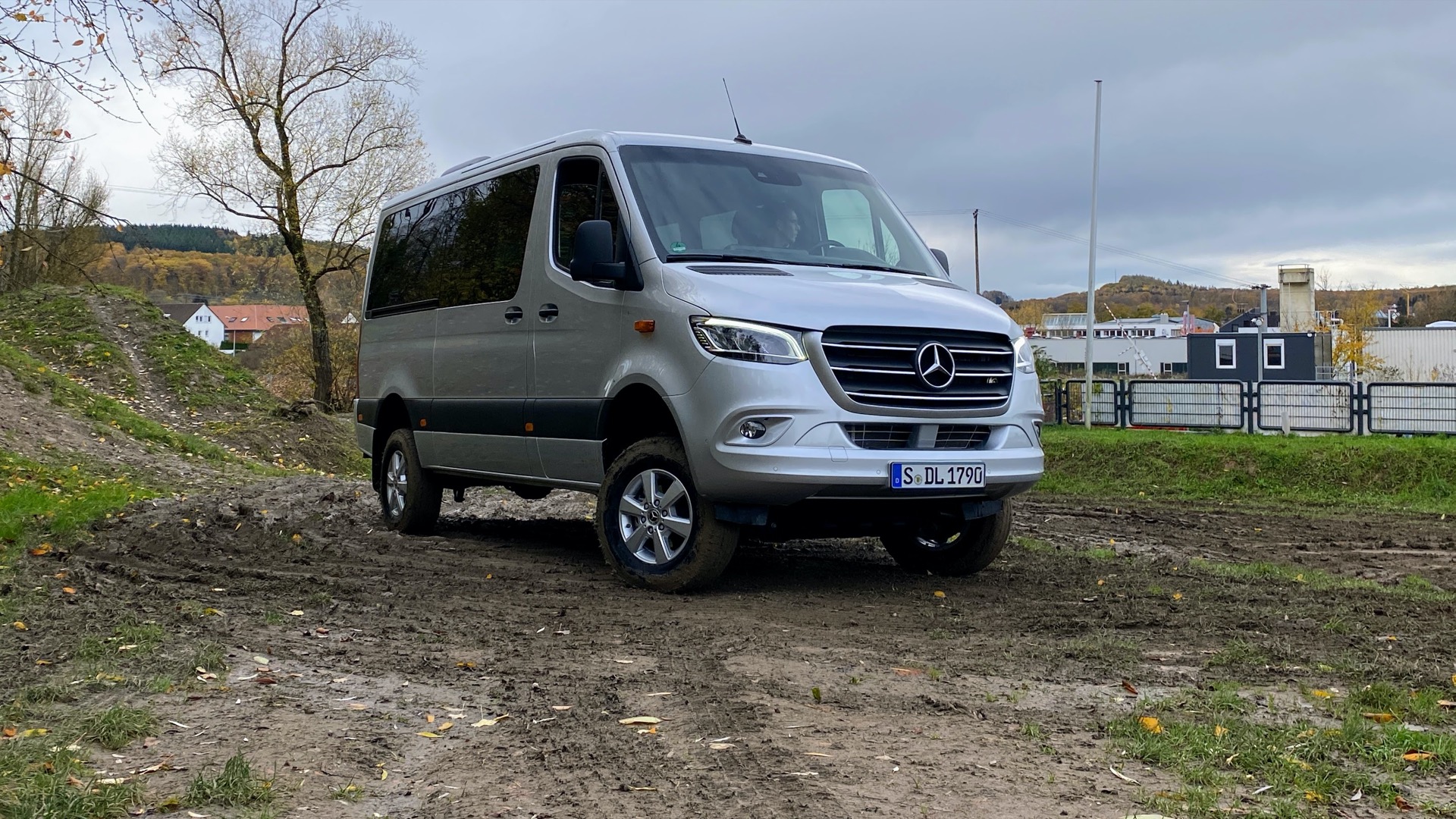
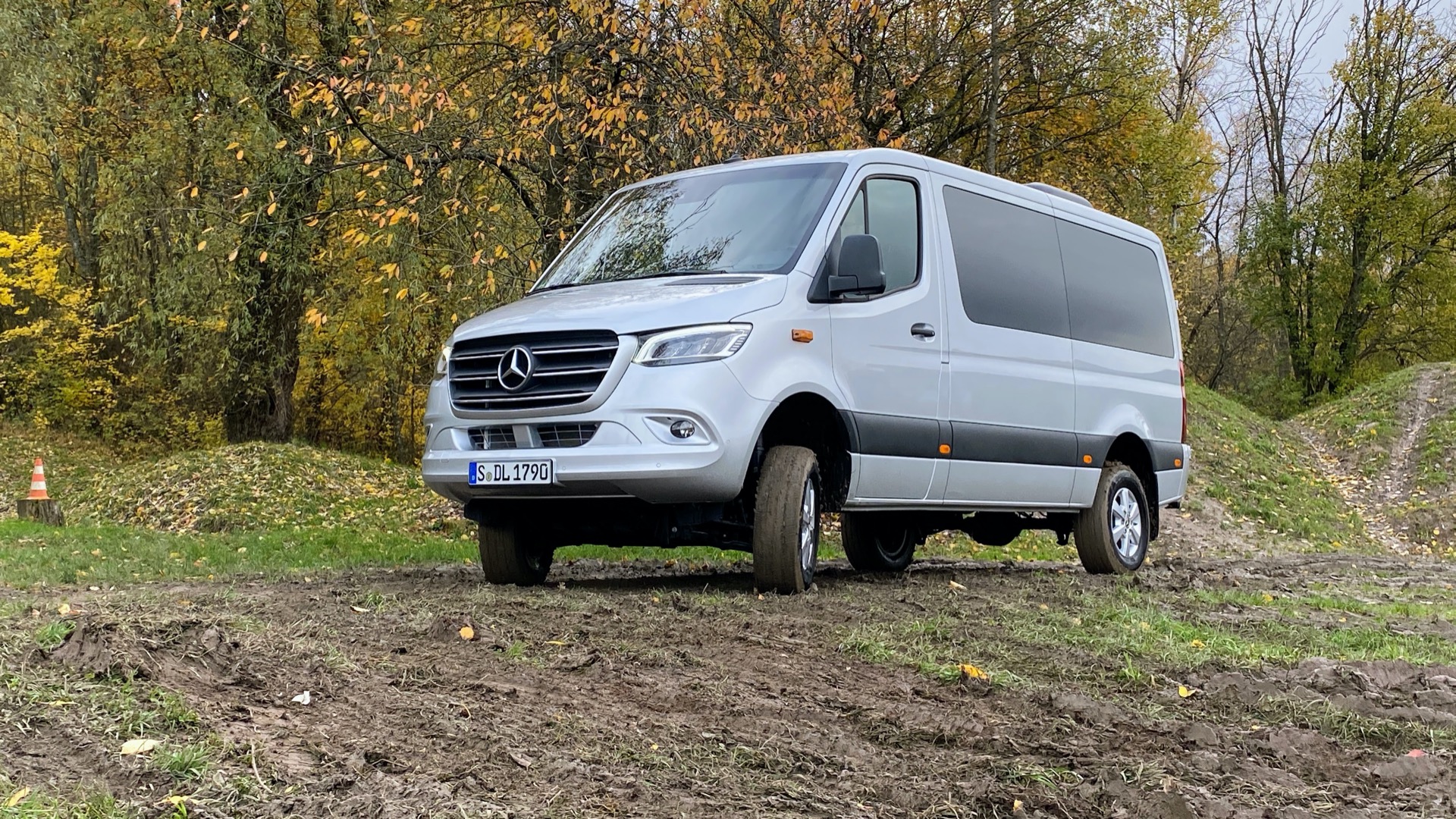
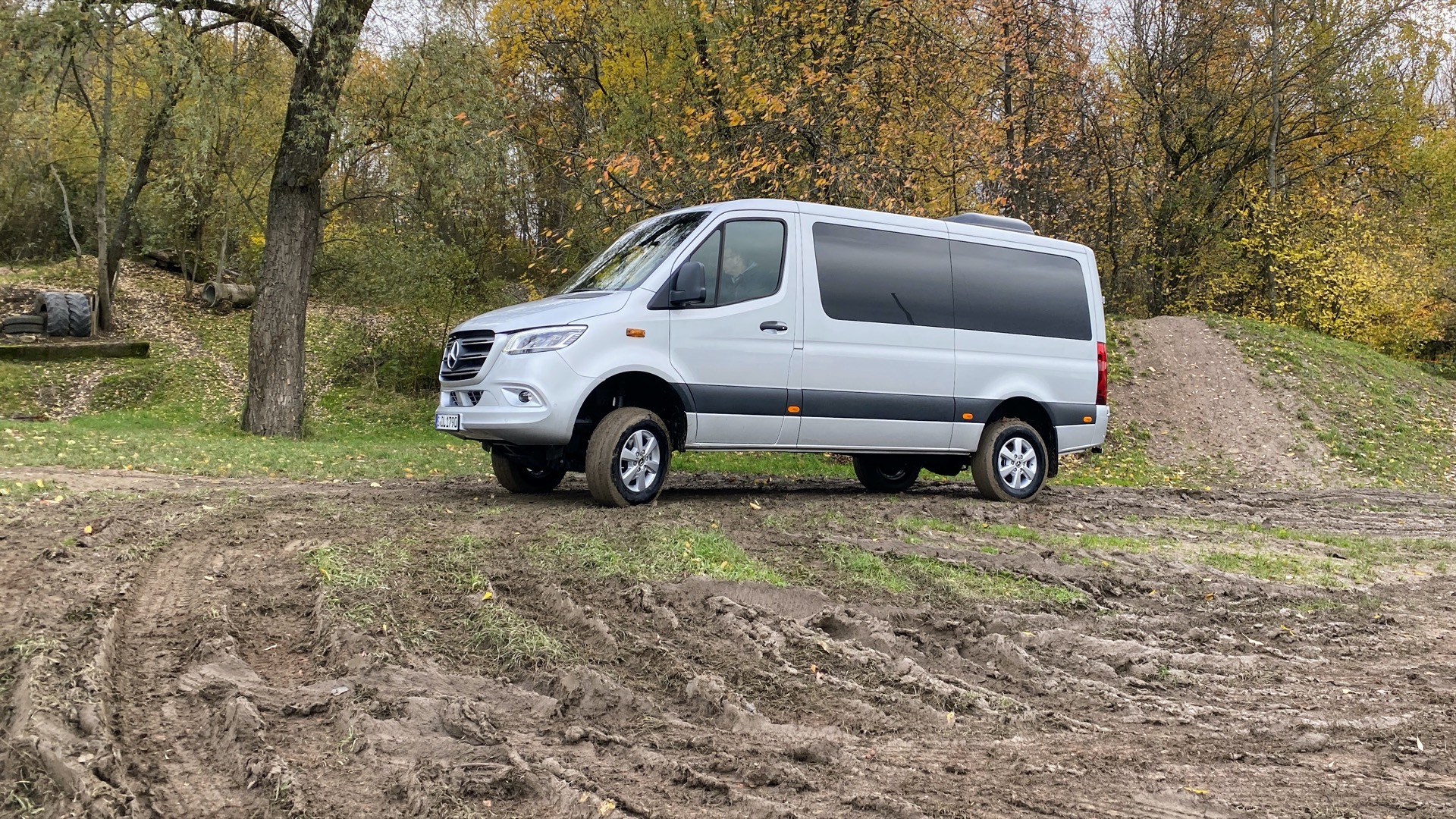
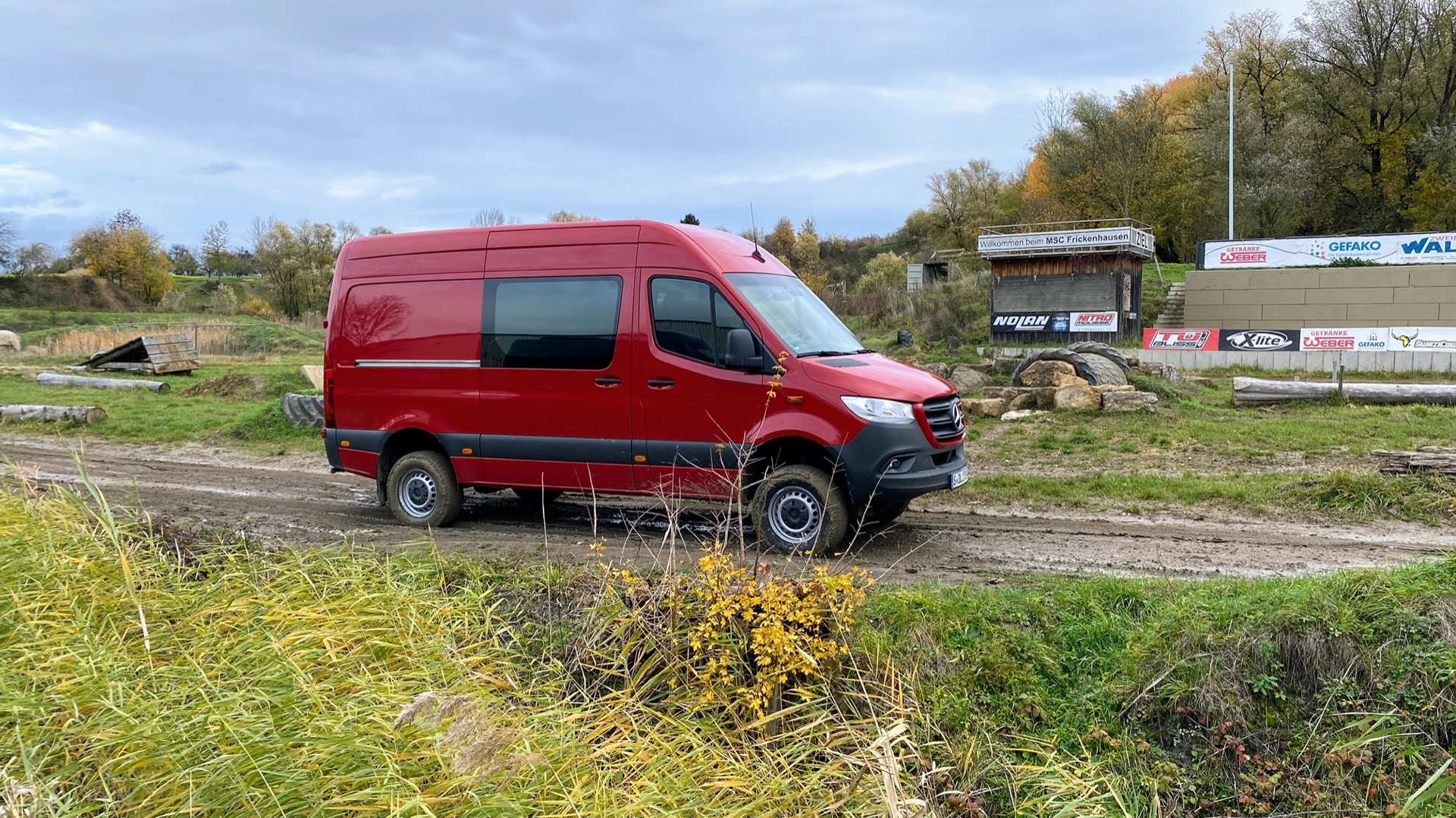
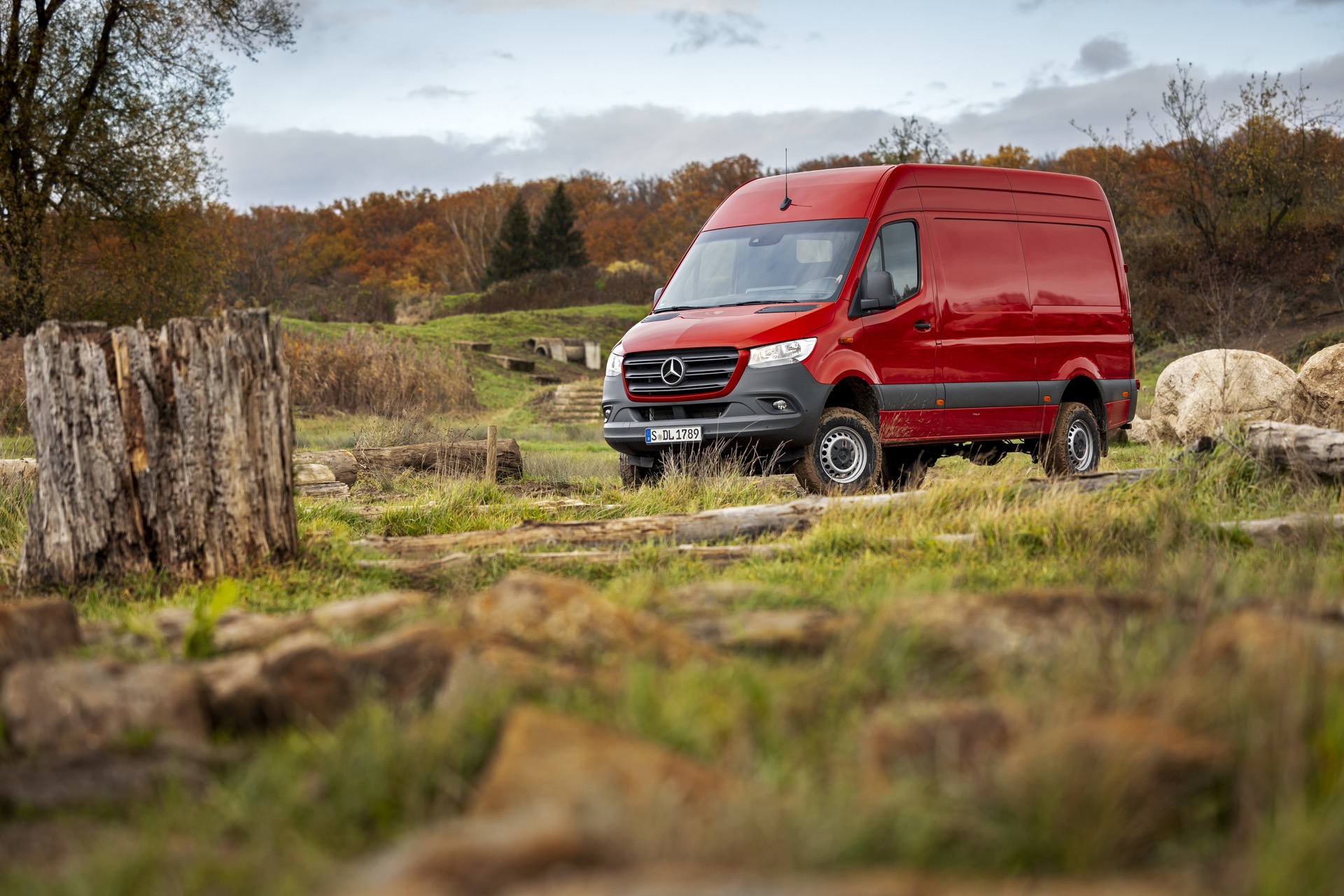
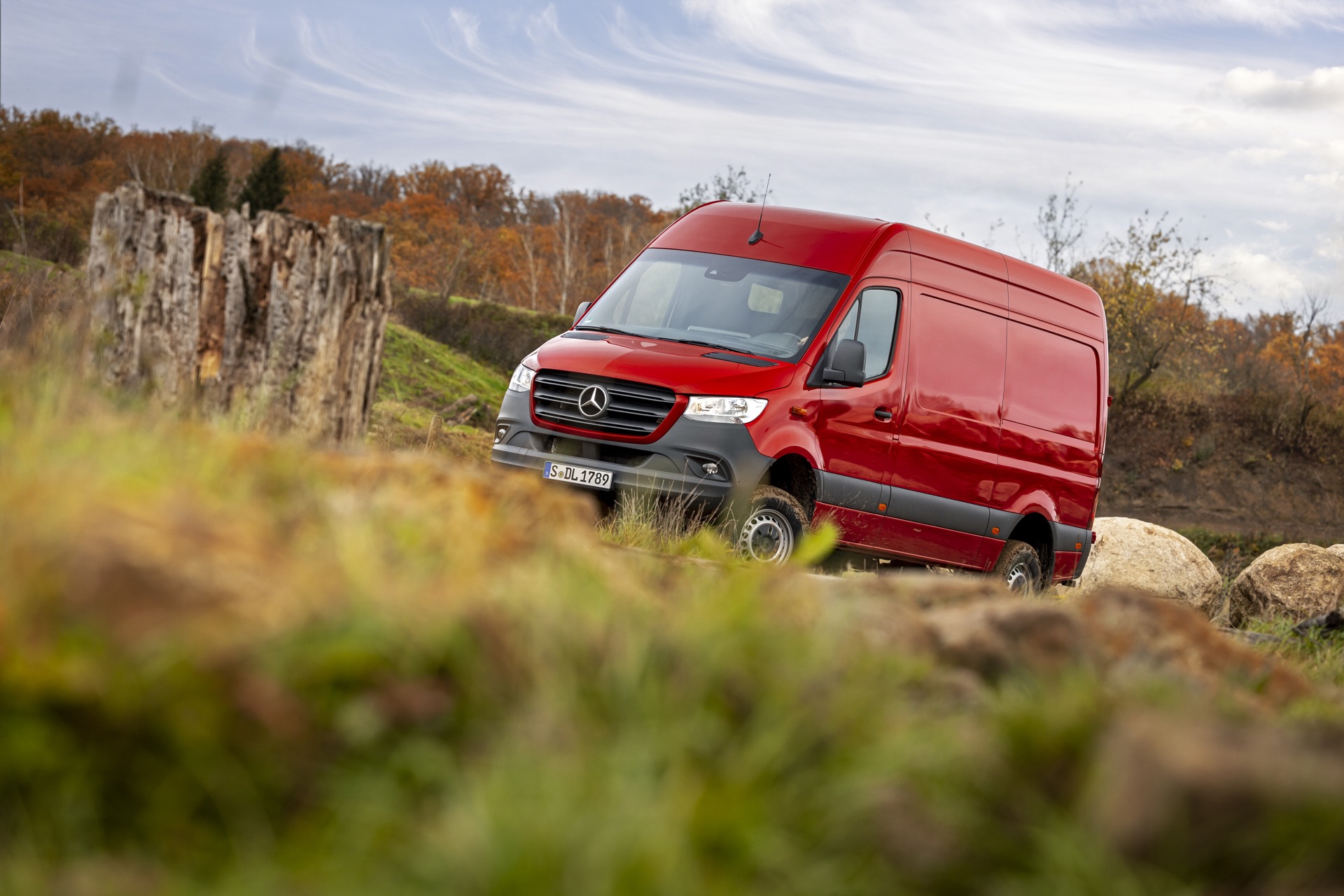
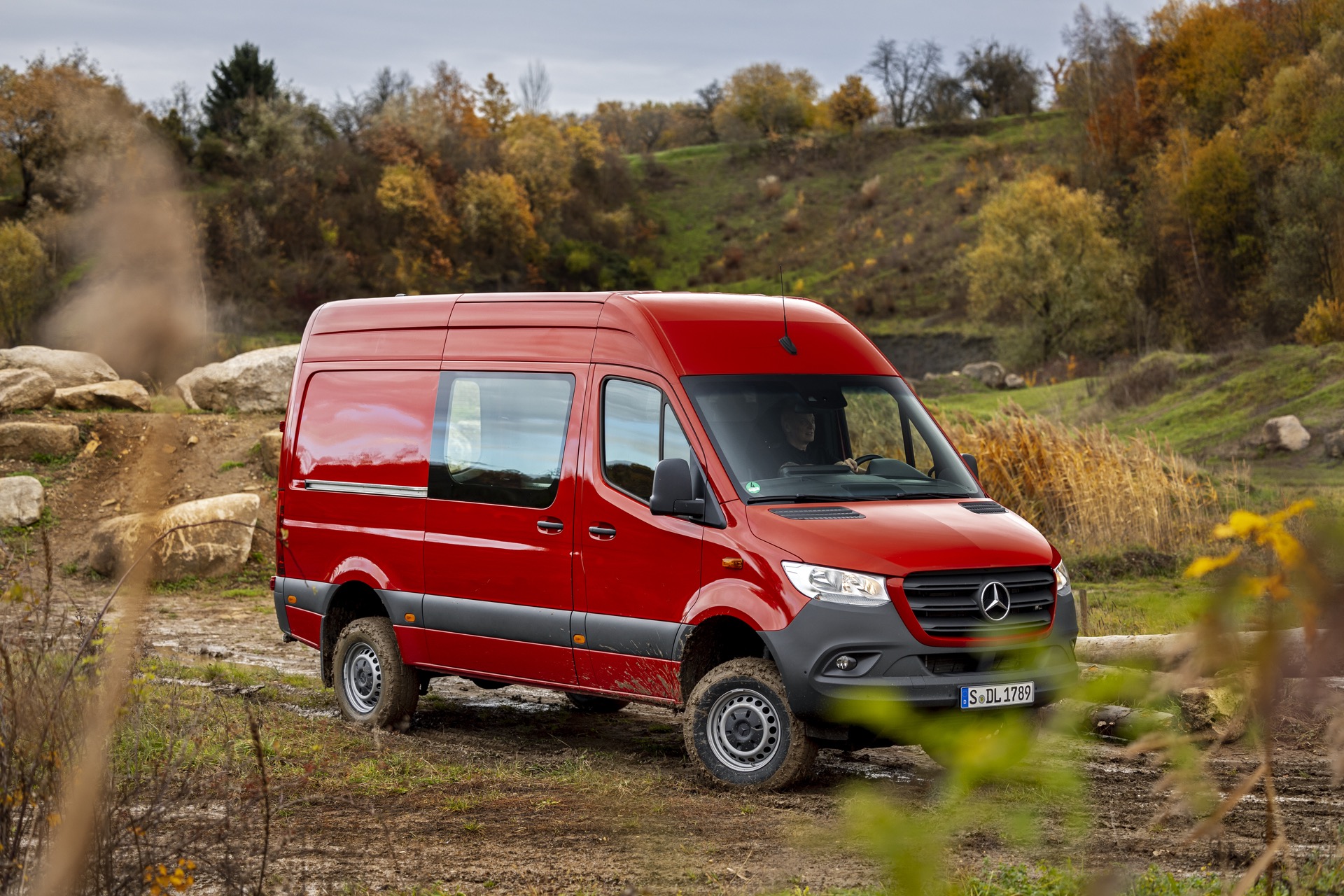
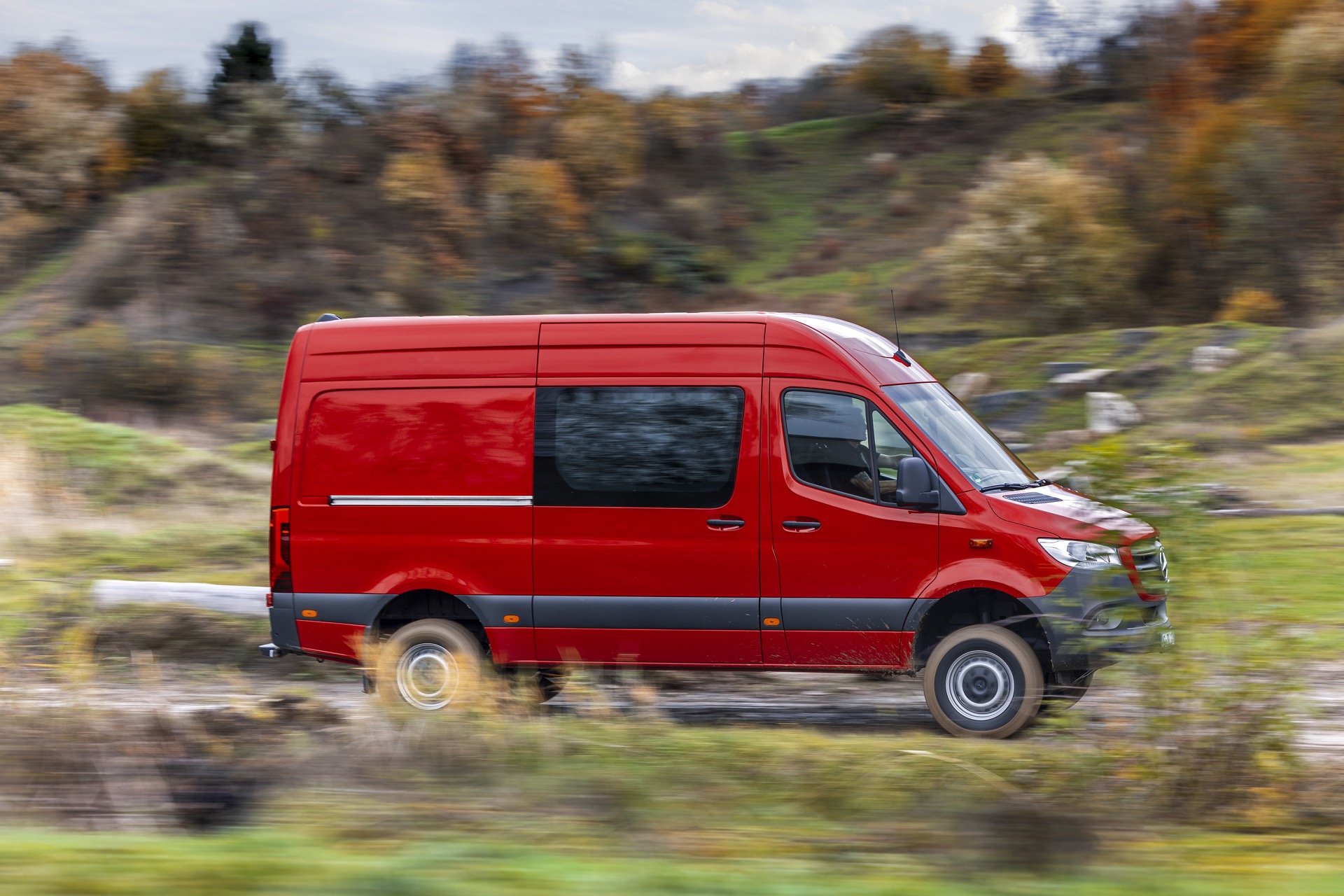
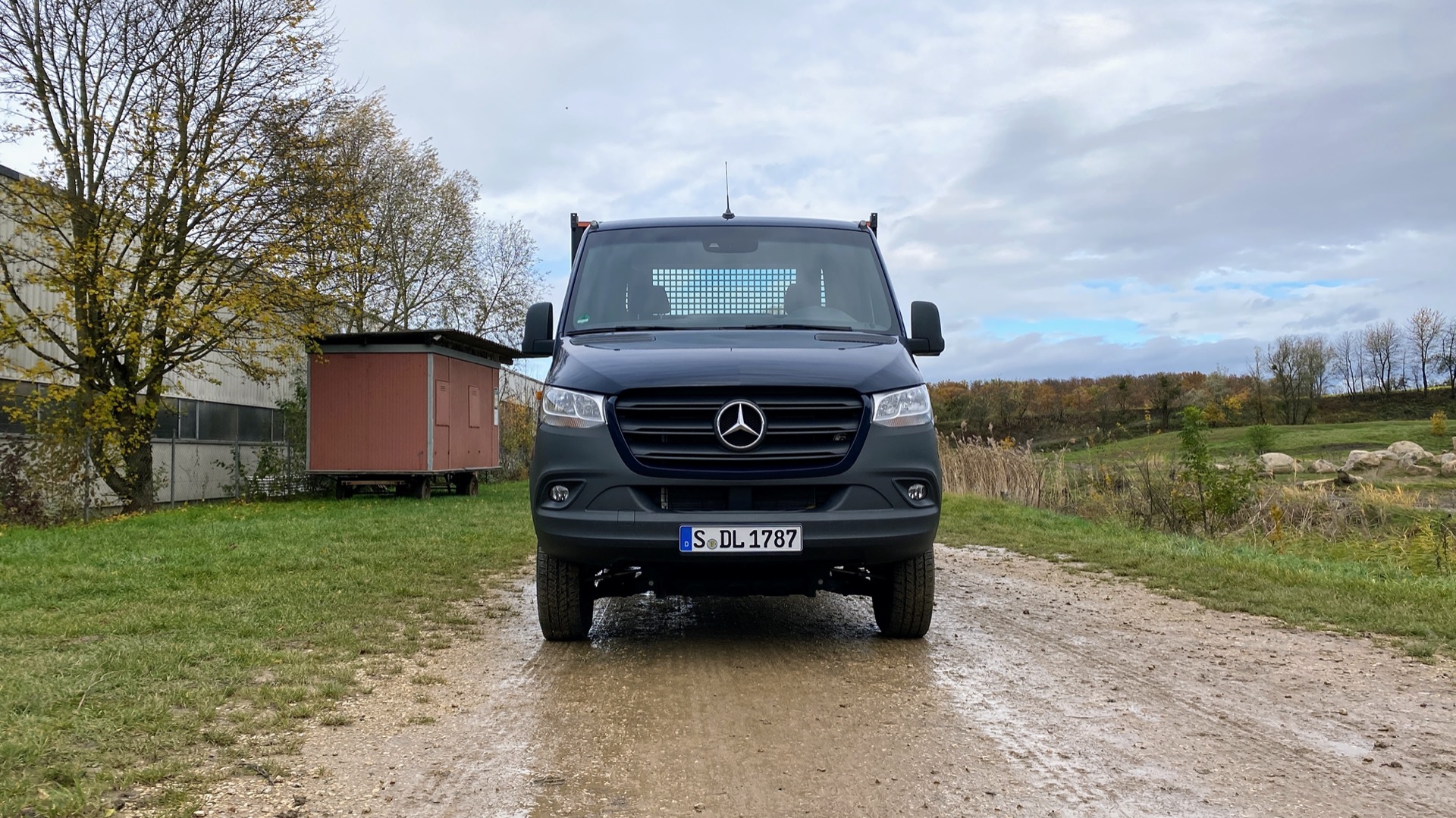
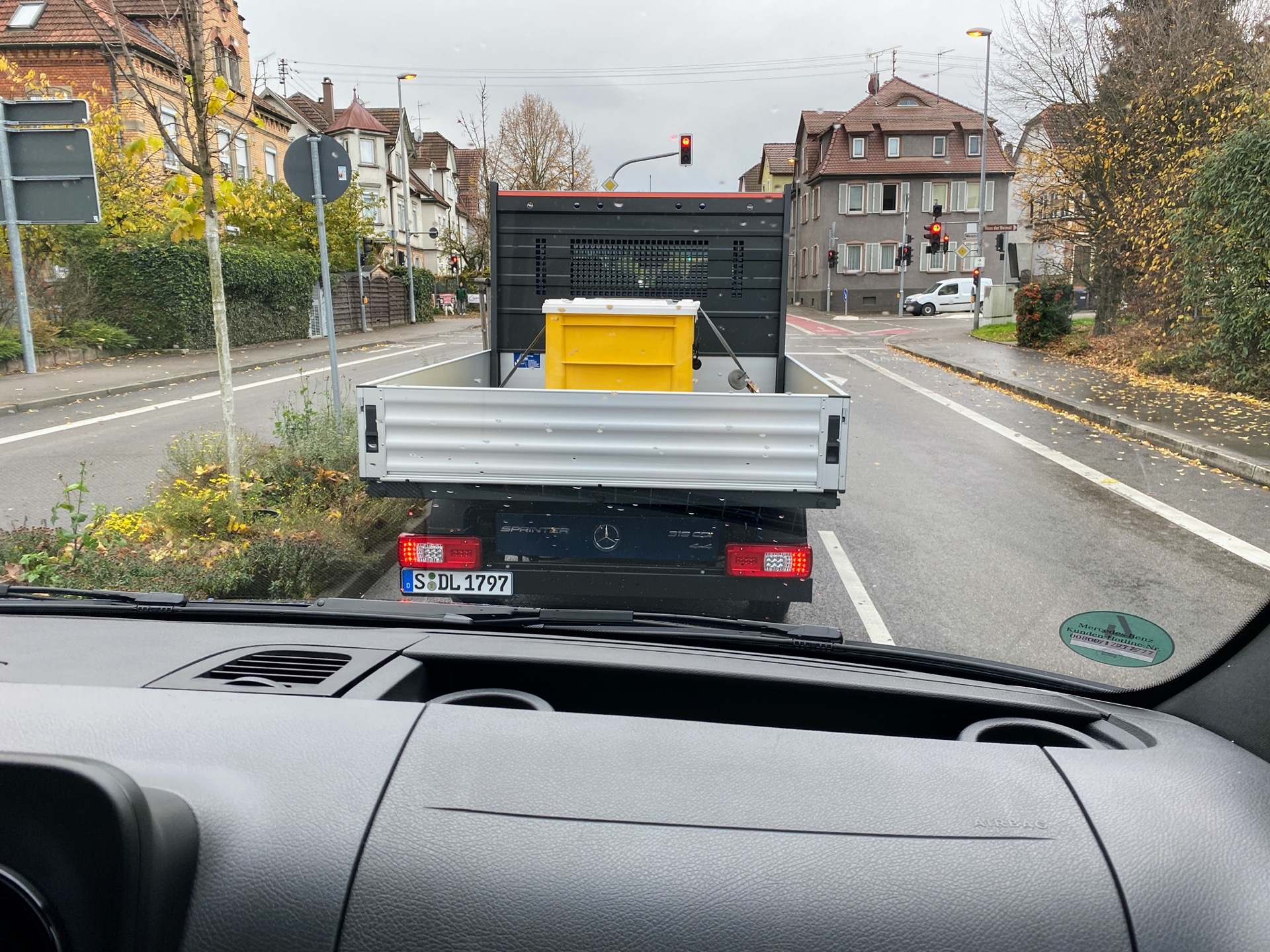
Presentada la eSprinter
Motores: 100 o 150kW
Baterías litio/fosfato de hierro (LFP): 56, 81 y 113kWh
Autonomía: hasta 400km (500 en urbano)
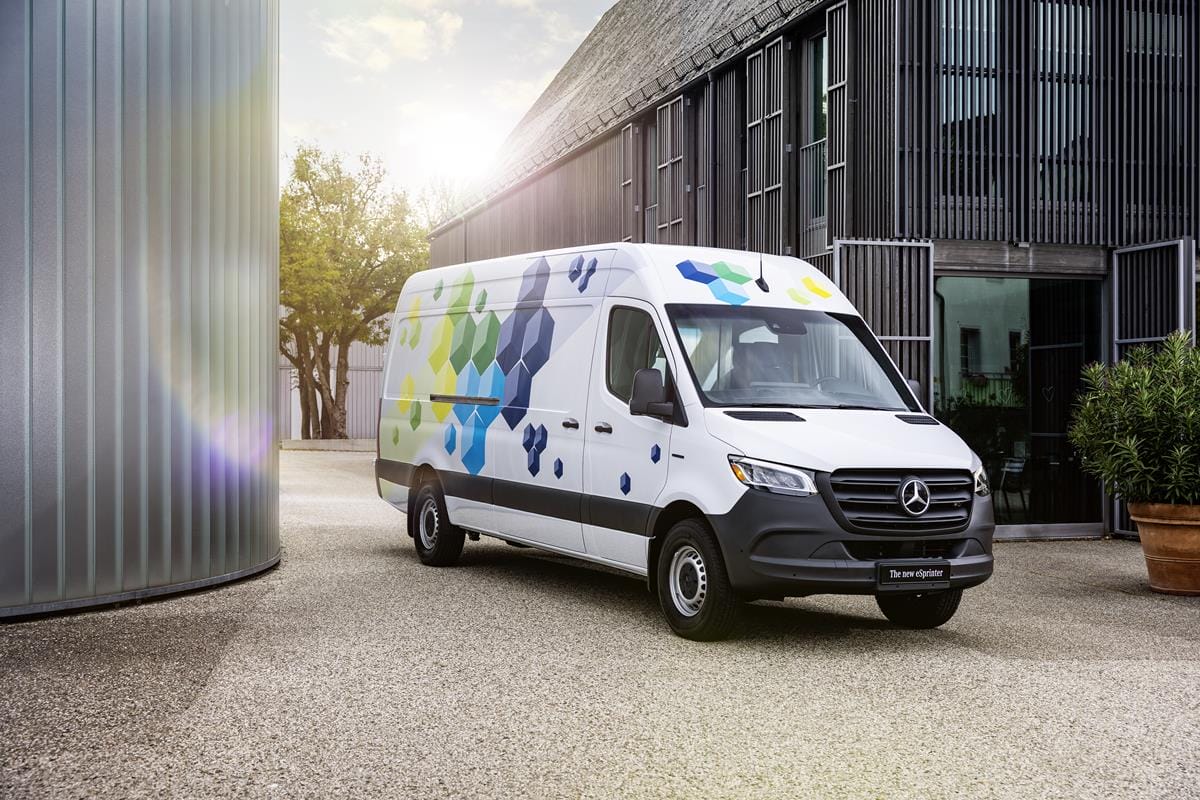
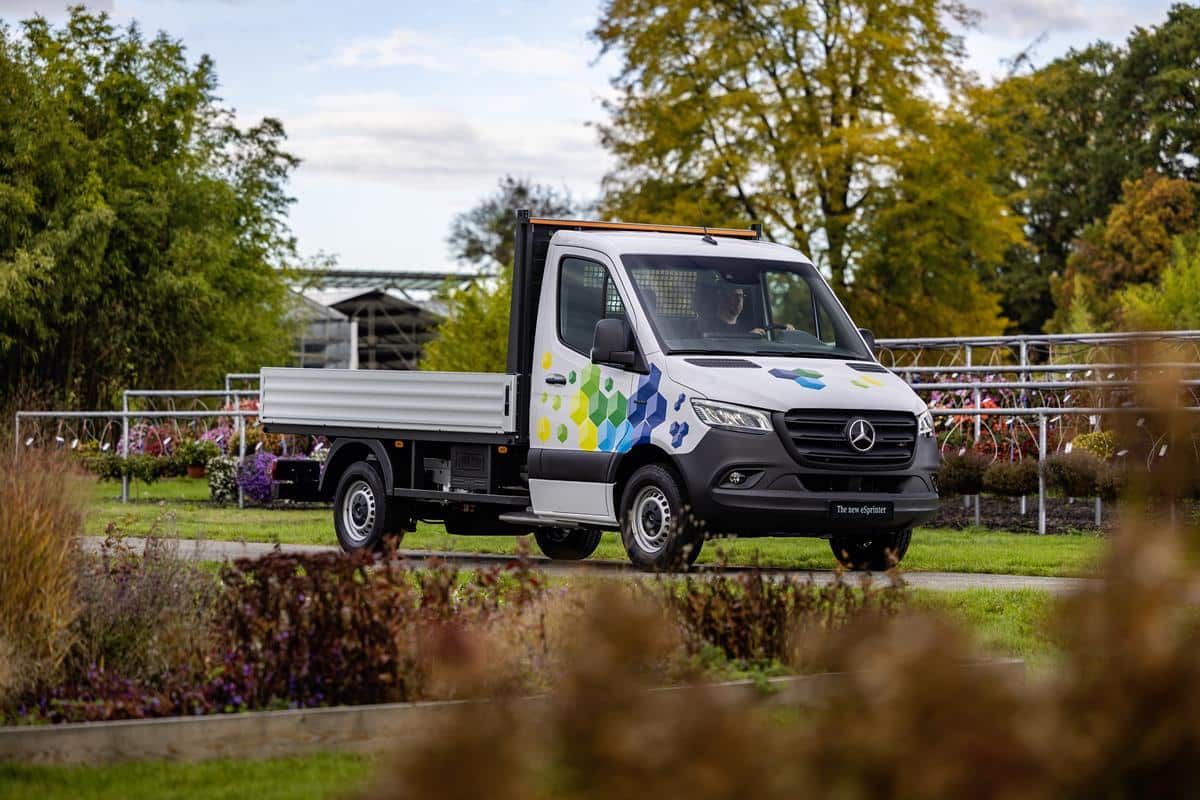
Nota de prensa, en inglés
The new eSprinter: the most versatile and efficient Mercedes-Benz eVan of all time
- A triad of efficiency, range and load capacity makes the new Mercedes-Benz eSprinter a versatile all-rounder
- Added value for customers in around 60 markets: Two body styles and lengths, three battery sizes and a high payload as a base for numerous conversions and body variants make the new eSprinter attractive
- Mercedes-Benz Vans is electrifying the US market: For the first time, American customers can make their fleet more sustainable with a locally emission-free, battery-electric van bearing the Mercedes star
- The panel van variant of the new eSprinter with the highest range will be launched in the US and Canada in the second half of 2023, with the market launch in Europe gradually following towards the end of 2023
- Production network expanded: In addition to the Mercedes-Benz plant in Düsseldorf, the new Mercedes-Benz eSprinter will also be produced in Ludwigsfelde and Charleston (South Carolina/USA) in the future
Mercedes-Benz Vans is systematically electrifying all model series. The new eSprinter impresses with efficiency, range and load capacity, and is a true cosmopolitan: Produced in Europe and North America, it will underline the claim to “Lead in Electric Drive” in around 60 markets in the future.
The new eSprinter comes with a multitude of technical innovations and is based on a new concept consisting of three modules. These allow the greatest possible freedom in the development and design of various conversions and superstructures previously only known from the conventionally powered Sprinter.
The front module, a uniformly designed front section, includes all high-voltage components and can be combined unchanged with all vehicle variants, regardless of wheelbase and battery size. The module for the integrated high-voltage battery is located in the underbody to save space. The battery location between the axles, together with the robust battery housing, results in a low centre of gravity, which has a positive influence on handling and increases driving safety. The third pillar of the modular design is the rear module with the electrically driven rear axle. Following the principle of the common parts strategy, this is used in all variants of the new eSprinter. The compact and powerful electric motor is also integrated into the rear module.
Mercedes-Benz has invested around 350 million euros in the new eSprinter. Around 50 million euros will be invested in each of the three plants in Charleston, Düsseldorf and Ludwigsfelde to adapt their production. The modular concept of the new eSprinter allows maximum synergies in production, and therefore corresponding economies of scale.
“The new Mercedes-Benz eSprinter consistently follows our strategy – to be the leader in electric mobility with the most desirable vans while achieving profitable growth worldwide.”
Mathias Geisen, Head of Mercedes-Benz VansThe new eSprinter is versatile and efficient
The market launch of the new eSprinter will begin in the USA and Canada in the second half of 2023. The vehicle is a long panel van with a high roof. It is equipped with the largest battery available, which has a usable capacity of 113 kilowatt hours. The load capacity is 14 cubic metres, the permissible gross vehicle weight is up to 4.25 tonnes.
The electric range, based on a simulation using the WLTP cycle, will be up to 400[1][2][3] kilometres. The simulated range based on the WLTP city cycle will be up to 500[1][2][3] kilometres. These ranges also make the vehicle ideal for longer journeys.
In Europe, this first variant of the panel van will be launched at the end of 2023, with the cab chassis variant and other battery variants gradually following. This makes the eSprinter attractive as a base vehicle for numerous new sectors, as well as for converters and body manufacturers.
“With the new eSprinter, we are taking the electric large van segment to a new level. The triad of efficiency, range and load capacity with simultaneous TCO optimization makes the new eSprinter the most versatile Mercedes-Benz eVan ever.”
Mathias Geisen, Head of Mercedes-Benz VansHighlights
You can’t see it on the outside of the Mercedes-Benz eSprinter, but if you look at the technology installed in the vehicle and the cloud-based services in the Mercedes me[4] digital ecosystem, it becomes clear: the focus is consistently on added value for customers.
The electric powertrain (eATS)
The main components of the eATS in the new eSprinter are two new developments: the efficient motor and the innovative electric rear axle, both of which are being used for the first time in a battery-electric van from Mercedes-Benz.
The permanent magnet synchronous motor (PSM), which weighs only around 130 kilograms, is characterised by particularly high efficiency and optimised thermal management. The motor is available in two power levels, with 100 or 150 kilowatts of peak output, and delivers a torque of up to 400 newton metres.
The electrically driven rear axle makes cab chassis variants possible in addition to the classic panel van. For the customer, this brings advantages with regard to conversions and superstructures, vehicle lengths (A2 and A3), maximum gross vehicle weight (up to 4.25 tonnes) and trailer loads (up to 2 tonnes).
High-voltage battery and charging
Customers can choose between three different batteries for the new Mercedes-Benz eSprinter, depending on their individual range and payload requirements: a battery with a usable capacity of 56, 81 or 113 kilowatt hours. Lithium/iron phosphate (LFP) cell chemistry allows the battery variants to be kept free of cobalt and nickel, while active thermal management ensures maximum efficiency.
Like all Mercedes-Benz eVans, the new eSprinter is capable of charging with both alternating current (AC) and direct current (DC). The on-board charger, which converts the current in the vehicle when charging with alternating current, for example at a Wallbox, has a maximum output of 11 kilowatts. The new eSprinter can be charged with up to 115[5] kilowatts at fast-charging stations.
For customers, fast charging means: charging from 10 to 80 percent of full capacity[6] takes around 28 minutes for the 56 kWh battery and around 42 minutes for the 113 kWh battery.
Digitisation and infotainment with MBUX and Mercedes me
The new eSprinter also impresses in terms of digitisation and infotainment: it comes with the innovative Mercedes-Benz User Experience (MBUX) with the latest software generation, previously only familiar to customers from Mercedes-Benz passenger cars. Numerous features and services make everyday life with an electric vehicle easier for customers.
Navigation with “Electric Intelligence” ensures the greatest possible planning certainty: for example, it shows the current range in real time depending on the current traffic situation and the topography of the route. It also calculates the best possible charging strategy to get to the destination as quickly as possible, or to have the desired state of charge (SoC) at the destination. Authentication at the charging station is simple via MBUX, with payment via Mercedes me. Other highlights include increased performance, extensive personalisation options and optimisations of the “Hey Mercedes” voice control assistant.
Mercedes-Benz Vans electrification strategy
Mercedes-Benz Vans has firmly anchored its leadership aspiration for electric mobility in its strategy. With the Vito E-CELL, Mercedes-Benz Vans was already a pioneer in the market for locally emission-free vans in 2010.
Today, Mercedes-Benz has electrified all segments from the Small Van to the Mid-size Van and the Large Van.From the middle of the decade, Mercedes-Benz Vans will be implementing the next stage of its electrification strategy with VAN.EA (MB Vans Electric Architecture): From 2025, all new models will be all-electric.
Sustainability at Mercedes-Benz
On the road to the fully electric future of mobility, Mercedes-Benz is taking a holistic approach with Ambition 2039. One of the most important transformation goals is CO2-neutrality in the new car fleet, which is firmly anchored in the sustainable business strategy, partly including offsets. At Mercedes-Benz AG, this goal is reflected in Ambition 2039 and in the “Electric only” approach. Concretely, this ambition means: by 2039 – eleven years earlier than required by EU legislation – the entire fleet of new passenger cars and vans is to become CO2-neutral across all stages of the value chain, partly including offsets.
For further information on Ambition 2039 and our sustainability activities, see our Sustainability Report at: Mercedes-Benz Group > Sustainability
[1]Figures on the range are provisional and have been determined internally in accordance with the “WLTP test procedure” certification method. So far, there are neither confirmed values from an officially recognized testing organization nor an EC type-approval nor a certificate of conformity with official values. Discrepancies between the data and the official values are possible.
[2]Reference model: panel van, length “long” (A3), high roof, gross vehicle weight 4.25t, speed limiter 90 km/h, 113 kWh battery. Range values vary depending on the specific vehicle configuration (speed limiter, body type, battery size, level of equipment, tyres etc.).
[3]The actual range is furthermore dependent upon the individual driving style, the road and traffic conditions, outside temperature, use of climate control/heating system, etc. and may differ.
[4]To use Mercedes me connect services, users must register for a Mercedes me ID and consent to the terms of use for the Mercedes me connect services. The services described and their availability and functionality may vary in particular depending on the vehicle model, the model year, the selected options and the country.
[5]Maximum peak charging capacity at DC charging station with a supply voltage of 400 volts, 300 A; the maximum charging capacity is dependent on diverse factors such as, e.g. ambient and battery temperature and the charge status of the battery when starting to charge.
[6]Minimum charging time of 10 to 80% under optimum conditions at DC charging station with a supply voltage of 400 volts, 300 A; the charging time can vary depending on diverse factors such as e.g. ambient and battery temperature and due to the use of additional auxiliary consumers such as e.g. heating.
- Debes estar registrado para responder a este debate.
